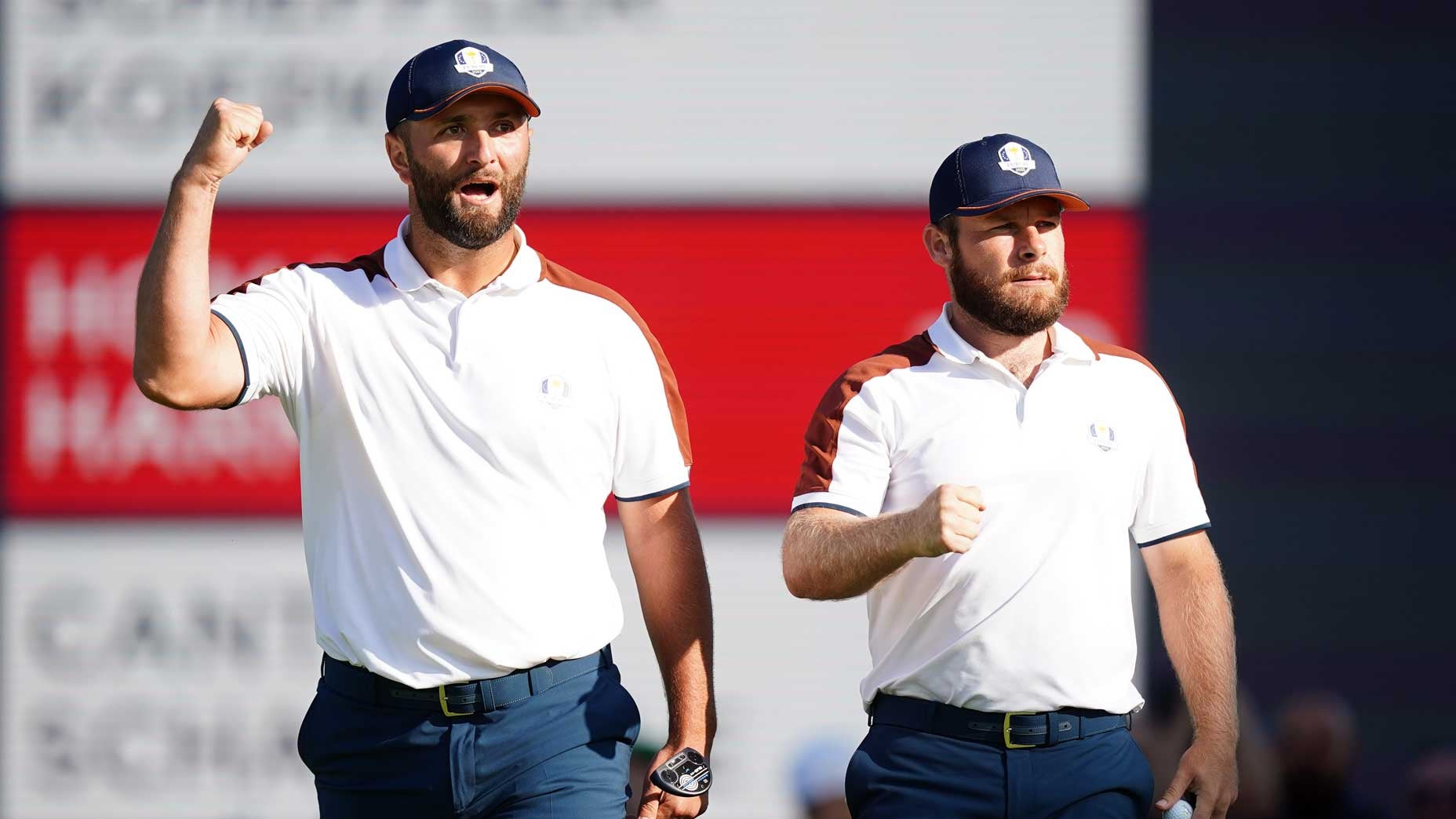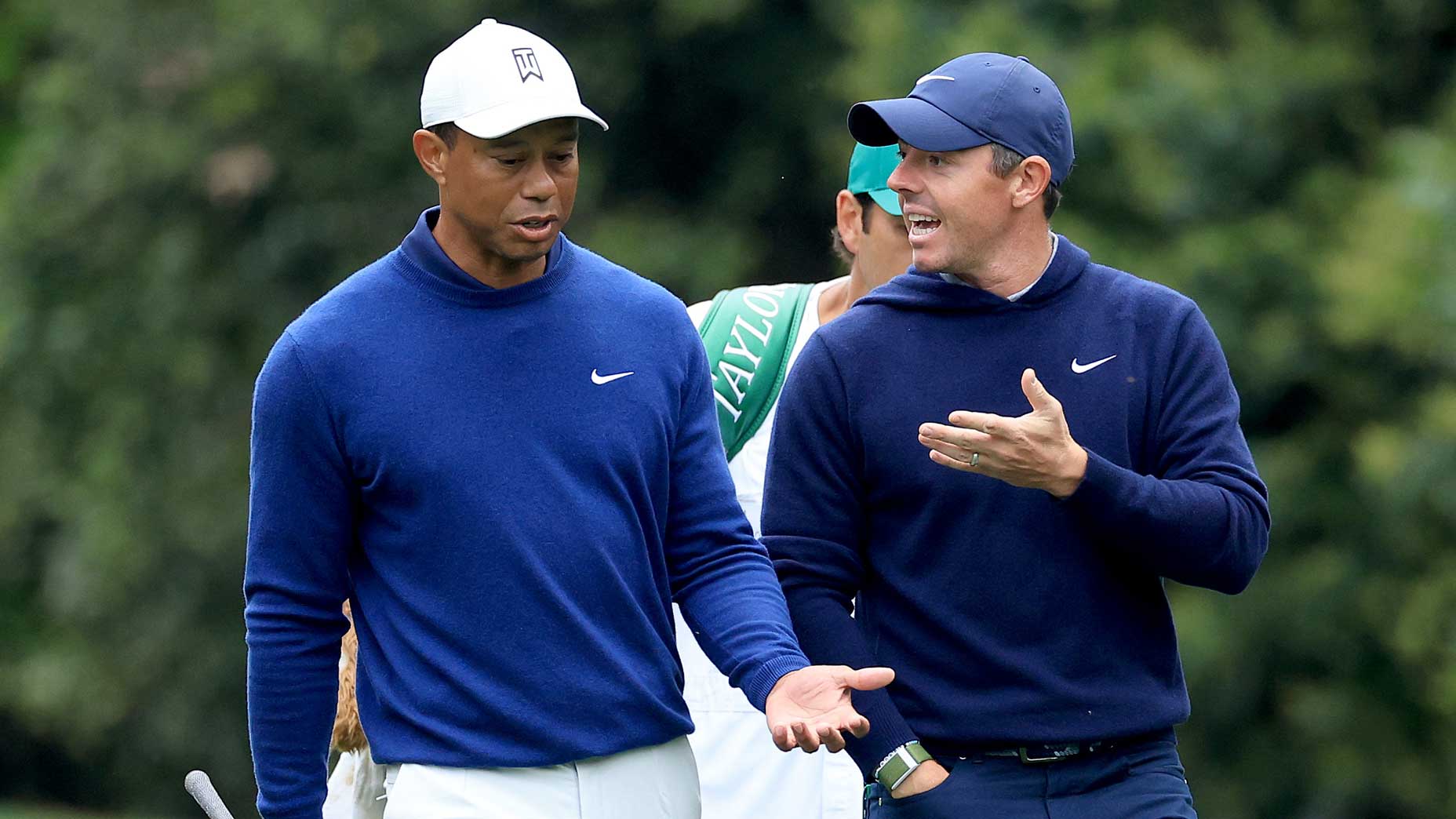The lodge brothers can sound like a pitch-perfect choir this time of year, singing the praises of the new clubs they’re paid to play. But when it comes to endorsement deals for touring pros, this is their truth-to-power question: If your new deal was worth less than your old one, would you have still switched brands?
Enter Hudson Swafford, 30, winner of the 2017 CareerBuilder Challenge, his first Tour victory. Last year his winning bag was filled with a hodgepodge of curated hard goods: a TaylorMade driver, Ping fairway woods and irons, Titleist wedges, an Odyssey putter, plus sleeves of Bridgestones in the ball pocket. But this year Swafford is a Callaway man through the bag, just about. Those last two words — just about — are not throwaways.
“Unless you’re a top-40 player in the world, what you make in endorsement money is a drop in the bucket compared to what you make on the course,” Swafford told me as the sun set on 2017. He was on a practice tee in Sea Island, Ga., where he and his wife, Katherine, now live.
He’s a ballplayer (baseball) turned golfer, and his World Golf Ranking was 93 as 2017 came to a close. He’s a tall, strong, straight-outta-Tallahassee athlete who uses a casual, semi-Southern “hundred percent” to indicate certitude. Nothing to date indicates his career will land Swafford in the World Golf Hall of Fame. His hope, of course, is that his new clubs will help him make more money this season than last, when he hauled in $2.3 million in Tour dollars. But their first job is to help him keep his card.
Swafford is not looking to buy a waterfront manse with his endorsement money. He’s not saying his sticks will work for you. He’s saying, “I think they’ll work for me.” That’s how he and others of his ilk earn their range cred. Really, the stakes for them, on their chosen 14, are higher than they are for Sergio and DJ on theirs. Expanding this idea, if you want absolute confirmation of what works, look at the bags of top career amateurs. They helped turn hybrids, belly putters and 60-degree wedges into small industries. [image:14082968]
Swafford knows, in golf as in life, that it’s easy to tell yourself that change (nodding here to EJ and “Honky Cat”) is gonna do you good. I recently made the executive decision to replace a light bulb. (Couldn’t read the sports section agate.) I unscrewed the 40-watt bulb and rested it beside my new 60. After responding to a ringing doorbell, I completed my project. I conducted a reading test and applauded the improvement I had wrought. That’s when I saw the 60 still sitting on the table. Placebo improvement, I should say. But when I actually put in the 60, it was obviously better. The worst thing a Hudson Swafford could do (clubwise) would be to talk himself into a club change that doesn’t do him good.
“Our position is, stick with what works, but be open to what’s out there,” Hudson’s agent, Jeremy Elliott, told me. Ergo, day-long off-season tryouts on both range and course. Callaway’s wares performed better — for Swafford, with his high-speed, take-a-divot downswing — than his old clubs and ball. That was true through the bag. Almost.
I was with Swafford on a dank winter afternoon. “See that?” he asked while hitting a series of shots with a Callaway 3-wood. “See how it goes through that window? How it hangs high up there?” I saw no window. I saw a repeating loop of rocket launches.
Then Swafford started hitting his old Ping 3-wood. It, too, had 19 degrees of loft. “Now see that? See how it’s going through that window? Little lower, little less hangy?” I kind of did. I suspect he really did.
“The Callaway 3-wood is actually a little too hot for me. I don’t want a 3-wood that flies 305. I want it to max out at 295.” Swafford wants more of a gap between his driver and his 3-wood. “The 3-wood is the hardest club for a Tour player to replace,” he said. Because you hit it off turf and tee. Because it must be hookable and sliceable. Because it must go a wide range of distances. The second-hardest to change, Swafford says, is the 5-wood. And so, among all his shiny new Callaway clubs, he has (for now) two Ping fairway woods keeping company with his old Odyssey putter. There’s your just about.
I called Swafford during the Tour’s fortnight in Hawaii and asked him how things were going. “The new driver’s about the same as the old one, but everybody makes a good driver these days,” he said. “Love the irons. The ball holds its line through the wind beautifully.” He then described a passing feud (he hopes) with his putter.
“You ready for the $64,000 question?” I asked.
“Go for it,” Swafford said.
“Would you have these clubs in your bag if you were getting less in your new deal than what you were getting before?”
He didn’t hesitate.
“Hundred percent,” Swafford said.
Give the man his check.






